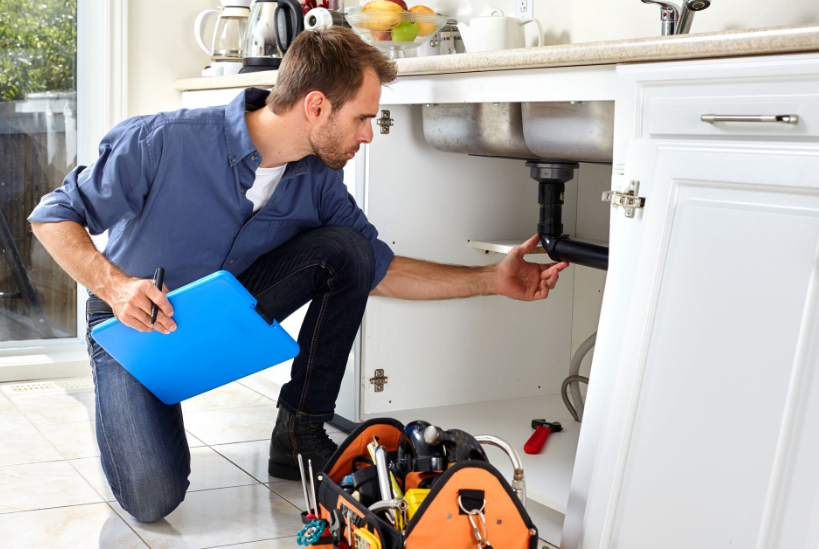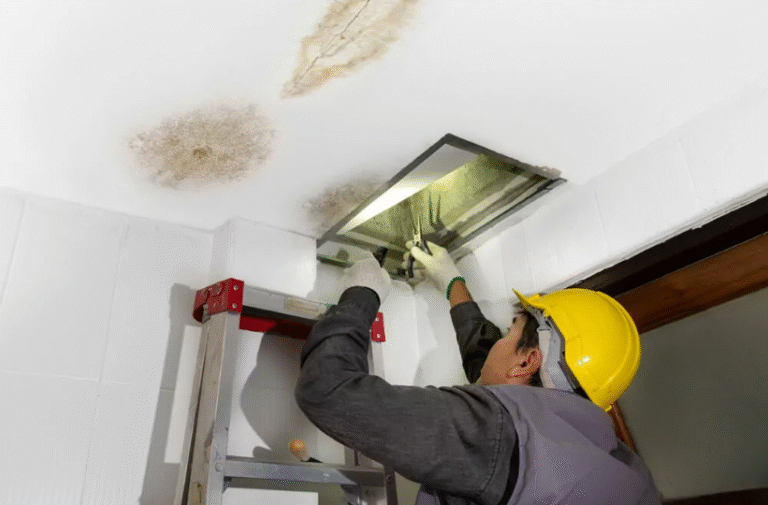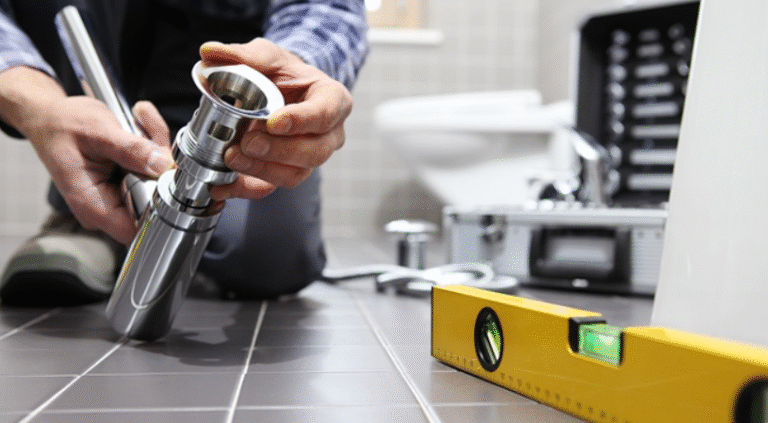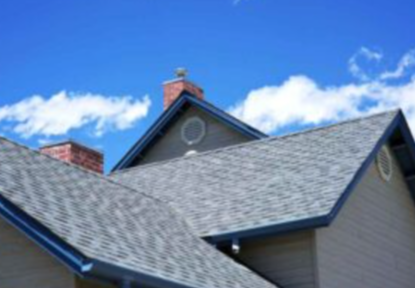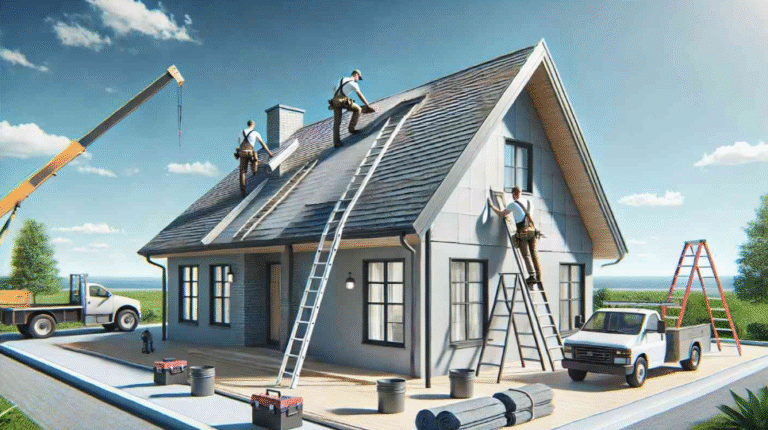How to Detect and Prevent Water Leaks in Your Home: Tips from Tom’s Mechanical
Water leaks in a home can start quietly, often going unnoticed until they cause serious damage or inflate utility bills. Many homeowners assume that leaks will be obvious, but in reality, they can hide behind walls, under floors, or in other seldom-checked areas. Detecting leaks early is crucial for maintaining your home’s structural integrity, preventing mold growth, and avoiding costly repairs. We will explore practical ways to identify potential leaks, monitor water usage, and implement preventive measures. By understanding how water behaves within a plumbing system and taking proactive steps, homeowners can save significant time, stress, and money while maintaining a safer living environment for their families.
Recognizing Signs of Hidden Water Leaks
One of the first indicators of a leak is an unusual increase in your water bill. Sudden spikes in water usage often suggest that water is escaping somewhere within the system. Regularly checking your water meter can help detect problems early. Turn off all faucets and water appliances in your home, then monitor the meter; if it continues to move, there may be a hidden leak. Visual inspections of plumbing fixtures such as faucets, toilets, and sinks are also crucial. Look for signs of moisture, discoloration, or corrosion, which may indicate small leaks that can worsen over time. Even minor drips can accumulate, leading to more extensive water damage if left untreated. Less obvious areas, such as behind appliances, under floors, and near irrigation systems, should also be checked to catch issues before they escalate.
Listening carefully for unusual sounds can help detect leaks that are not immediately visible. A faint noise of running water inside the walls or ceilings can signal a hidden problem. Toilets are a common source of leaks; while they may not overflow, continuous water seepage into the bowl can waste a significant amount of water. Simple tests, like adding food coloring to the toilet tank, can reveal such leaks. Similarly, faucets, showerheads, and hose connections should be inspected for steady drips.
Homeowners who are unsure about their plumbing system or who want a thorough inspection can consult an Arlington HVAC contractor, as they often have the knowledge to identify hidden water issues in conjunction with HVAC systems. Promptly addressing small leaks conserves water and helps prevent mold growth, which can compromise indoor air quality and create health hazards. Early detection enables homeowners to prevent more significant issues and reduce repair costs over time.
See also: Shield Your Shelter: Smart Ways to Protect Your Home’s Structure
Proactive Maintenance to Prevent Leaks
Regular maintenance is crucial for preventing leaks before they cause damage. Over time, pipes can weaken, joints may loosen, and seals can deteriorate. Checking pipes for signs of wear, rust, or shifting can help prevent unexpected bursts or leaks. Older plumbing systems may require upgrades or replacements to maintain efficiency and safety. Seasonal changes can also stress plumbing systems; freezing temperatures can cause pipes to crack, while high heat can weaken certain materials. Preventive measures, such as insulating pipes, securing connections, and maintaining proper water pressure, reduce the risk of leaks forming under stress. Outdoor faucets and irrigation systems should not be overlooked, as they are particularly vulnerable to environmental damage and wear. Taking these steps proactively ensures that the plumbing system remains reliable and functional throughout the year.
Monitoring areas prone to moisture accumulation is another key step. Basements, crawl spaces, and attics often reveal leaks that are not visible elsewhere. Water stains, musty odors, or warped surfaces are strong indicators of hidden moisture. Installing moisture sensors or smart home leak detectors enables continuous monitoring and alerts homeowners to potential issues early. While technology cannot replace regular visual inspections, it adds an extra layer of protection for homes that may be unattended for extended periods. Combining technological solutions with careful observation enhances the ability to detect leaks quickly, minimize damage, and prevent more expensive repairs in the future.
Maintaining Appliances and Plumbing Systems
Appliances and systems connected to water should also be maintained regularly to prevent leaks. Water heaters, for example, can develop leaks at joints, valves, or tanks. Checking the area around the heater and ensuring that pressure relief valves function properly can prevent water damage to floors or walls. Other appliances, including washing machines, dishwashers, and refrigerators with water lines, should be inspected periodically. Hoses should be replaced every few years to reduce the risk of rupture. Simple preventive actions, such as tightening connections or replacing worn washers, can significantly improve the longevity and safety of a home’s plumbing system. Following these practices regularly ensures that minor issues do not escalate into major water damage or costly repairs.
Understanding your home’s plumbing layout enhances leak detection and response. Knowing the location of main shut-off valves, branch lines, and critical joints enables homeowners to act quickly in the event of a leak. Immediate access to a shut-off valve can prevent water from spreading and causing more damage. Documenting the plumbing system, especially in larger or older homes, can also help identify recurring issues or trends. Homeowners who maintain awareness of their plumbing system and stay vigilant with inspections and preventive care are more likely to detect leaks early and limit damage effectively. Combining knowledge, routine checks, and timely repairs creates a safer and more efficient home environment.
Identifying and preventing water leaks requires observation, routine maintenance, and proactive measures. Homeowners should regularly check water usage, inspect fixtures, monitor moisture-prone areas, and maintain appliances and pipes. Utilizing tools such as leak detectors and understanding plumbing layouts can enhance detection and response times. Tom’s Mechanical emphasizes the importance of consistent care and vigilance in maintaining water systems, helping homeowners prevent damage, conserve water, and avoid costly repairs. Through attention to detail and timely action, a home can remain protected, functional, and comfortable, ensuring a healthier and safer environment for all occupants.
